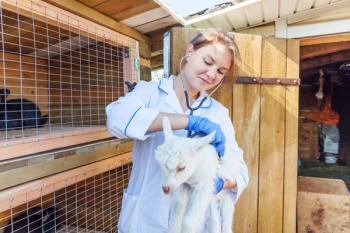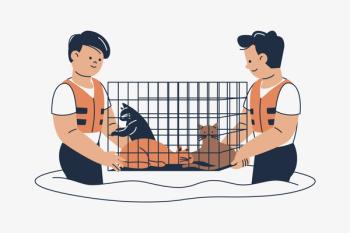
QUIZ: How much do you know about the American West's wild horse population?
A recent evaluation by a National Research Council committee sheds light on the National Wild Horses and Burros Program.
A recent National Academies Press report looks at the science of managing the free-ranging horses and burros on federal public lands in the western United States. According to the report, horse populations are growing by 15 to 20 percent each year while the Bureau of Land Management (BLM) is limited by a budget that cannot meet the demands of the population. While public and political opposition to the slaughter of unwanted U.S. horses grows, less talk is given to the BLM's daunting task of managing the West's free-ranging--and protected--equine residents.
How much do you know about the West's wild horse and burro population?
1. Passed in 1971, the Wild Free-Roaming Horses and Burros Act instructs federal agencies to protect and manage horses as an integral part of the natural system of the public lands. What does the act require the BLM and other agencies to do?
2. The current population objective for the free-roaming horse population in the western United States is 23,622. How many horses does the BLM report are currently free-roaming on the 179 designated herd management areas?
3. Since the BLM is required to remove excess horses from public lands to “preserve and maintain a thriving natural ecological balance,” what happens to the excess population?
4. Approximately 195,000 horses have been removed from public lands under the Wild Free-Roaming Horses and Burros Act since its inception in 1971. Of these, how many are currently residing in short-term and long-term holding facilities?
5. Approximately what is the adoption demand for wild horses annually?
6. The National Wild Horses and Burros Program's budget was $74.9 million in 2012. What percentage of this budget is used to maintain captive horses?
7. If the wild horse program goes unchanged, trends continue and the population continues to increase 15 to 20 percent annually, what do experts predict the cost between 2013 and 2030 will be?
8. This year, worsening drought conditions in the West are causing severe shortages of forage and water for horses, wildlife and livestock. The BLM scheduled removal of horses from public lands will:
9. According to an article in
How did you do? More correct than not? Great job!
If you want to read more about the current population management challenges faced by the BLM,
Newsletter
From exam room tips to practice management insights, get trusted veterinary news delivered straight to your inbox—subscribe to dvm360.




